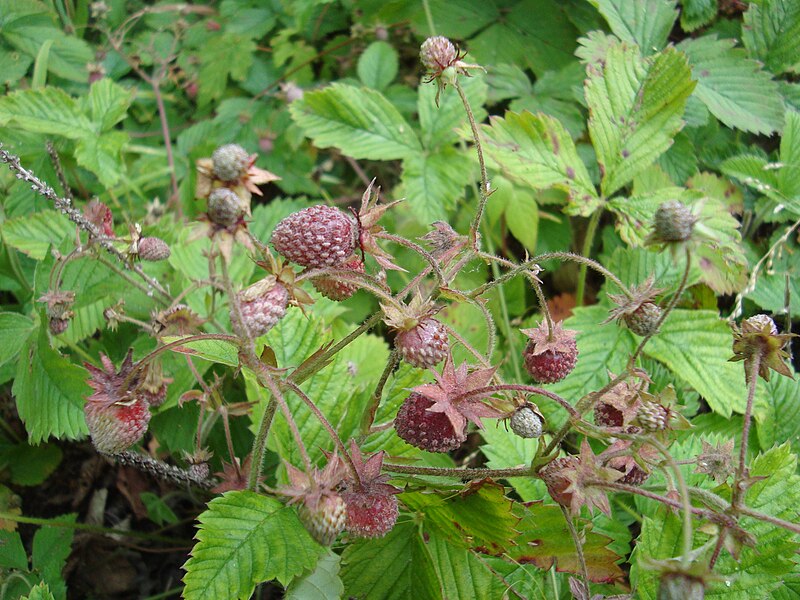http://easss.com/travel/hotel/agoda

Musk strawberries grow wild to a limited extent in the forests of Central Europe, north into Scandinavia, and east into Russia. The musk strawberry is found growing along the edges of forests and requires moist and sheltered sites since they do not tolerate temperature fluctuations.
Musk strawberry has long been in cultivation in parts of Europe. This species was the first strawberry of any sort with a cultivar name, which was Le Chapiron (1576).[4] By 1591, the cultivar was called Chapiton, then later Capiton. In the early 17th century an illustration appeared in the Hortus Eystettensis as fraga fructu magno. It was mentioned by Quintinye, gardener to Louis XIV, as Capron in 1672.[4] At the beginning of the 19th century musk strawberries were the most common garden strawberry in Germany.

Cultivation of musk strawberries is not very different from that of garden strawberry (Fragaria × ananassa) or alpine strawberry (Fragaria vesca); the plants thrive in nutrient-rich soils. However, neither female plants nor hermaphrodite plants are self-fertile; they require pollen transfer from a male or a different hermaphrodite clone (or cultivar) of the same species, which is usually achieved by insect pollinators.
No comments:
Post a Comment